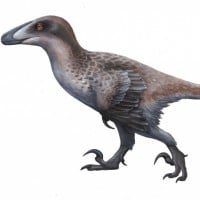Mesozoic Species and Groups that Should Be Brought Back from Extinction
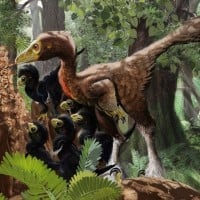 Troodon is a dubious genus of relatively small, bird-like dinosaurs known definitively from the Campanian age of the Cretaceous period. It includes at least one species, Troodon formosus, known from Montana.
Troodon is a dubious genus of relatively small, bird-like dinosaurs known definitively from the Campanian age of the Cretaceous period. It includes at least one species, Troodon formosus, known from Montana. These dinosaurs were actually not as dangerous as humans may think, as they filled an omnivorous niche similar to modern foxes, so they rarely attack animals larger than themselves, as foxes do in modern times. They could also adapt really well in a life in a city in a similar manner to foxes, and if they adapt to deal with predation and eggs being eaten by modern predatory and egg-eating mammals, Troodons would flourish.
Note: Troodon is a nomen dubium, so it likely didn't exist, but a similar troodontid may also work.
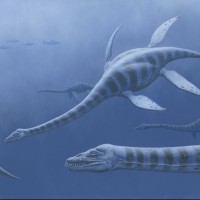
Plesiosaurs had a unique swimming fashion that not even sea turtles have in modern times, so by bringing any species of Plesiosaurs back from extinction, we could finally study what they look like, what they eat, and how they swim. Maybe due to popular demands, some people may introduce some non-invasive Plesiosaurs into modern oceans, they may adapt to deal with marine mammals they would eventually co-exist with.
Oh hell no I don't want huge thing back.
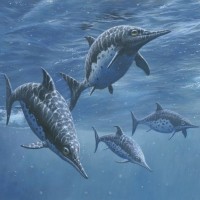
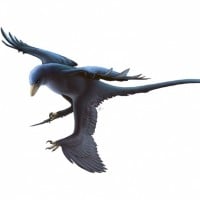
A lot of people would love to have these small pigeon-sized non-avian theropods as pets.
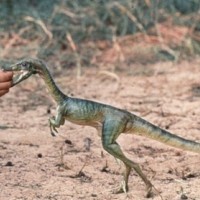 Compsognathus is a genus of small, bipedal, carnivorous theropod dinosaur. Members of its single species Compsognathus longipes could grow to around the size of a turkey.
Compsognathus is a genus of small, bipedal, carnivorous theropod dinosaur. Members of its single species Compsognathus longipes could grow to around the size of a turkey. A lot of people would love to have these small chicken-sized non-avian theropods as pets.
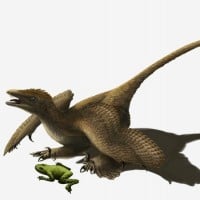
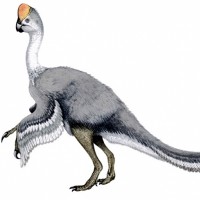
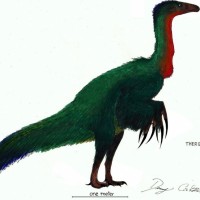
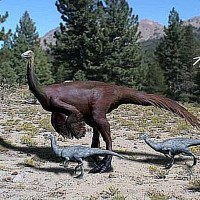
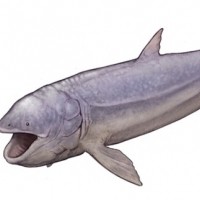
The Newcomers
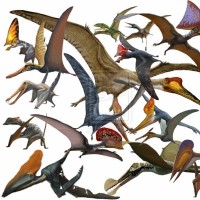
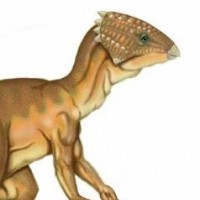
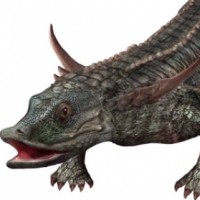
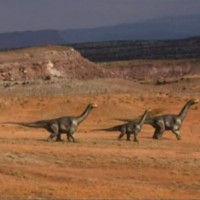
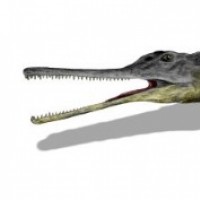
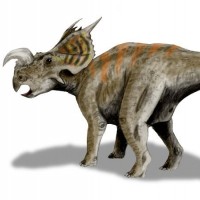
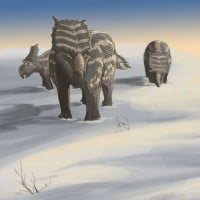 A herbivorous ceratopsid dinosaur from the Late Cretaceous period, Pachyrhinosaurus is known for its thick nasal boss, a bony structure replacing the typical horn seen in other ceratopsians. Fossils of this dinosaur have been primarily found in Alberta, Canada.
A herbivorous ceratopsid dinosaur from the Late Cretaceous period, Pachyrhinosaurus is known for its thick nasal boss, a bony structure replacing the typical horn seen in other ceratopsians. Fossils of this dinosaur have been primarily found in Alberta, Canada.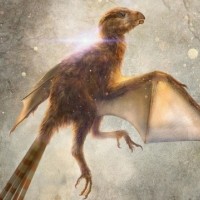
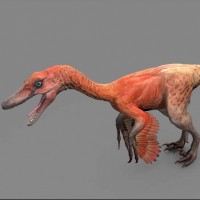
Should be brought back, since in reality, Velociraptors are wolf/turkey sized, they do NOT have pronated hands (so they couldn't open doors), their snouts are elongated, and they're covered in thick feathers (including fan feathers on their tails and wing feathers on their arms), so they look like flightless birds with toothy snouts, clawed fingers, and long bony tails, so they look nothing like how Jurassic Park and Jurassic World portrayed them, and they were only about as smart as canines. Maybe if the REAL Velociraptors were resurrected successfully, maybe more people will learn about real Velociraptors instead of just looking at Jurassic Park raptors.
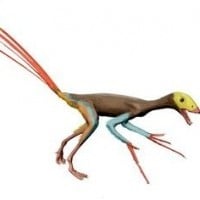
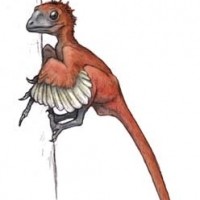
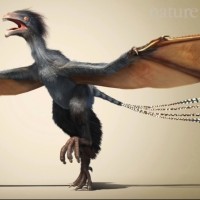
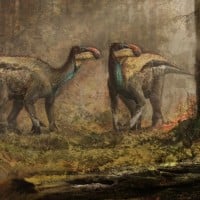 Iguanodon is a genus of ornithopod dinosaur that existed roughly halfway between the first of the swift bipedal hypsilophodontids of the mid-Jurassic and the duck-billed dinosaurs of the late Cretaceous.
Iguanodon is a genus of ornithopod dinosaur that existed roughly halfway between the first of the swift bipedal hypsilophodontids of the mid-Jurassic and the duck-billed dinosaurs of the late Cretaceous.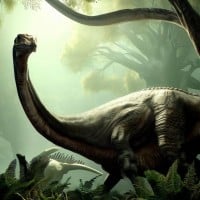 Brachiosaurus is a genus of sauropod dinosaur that lived in North America during the Late Jurassic, about 154–153 million years ago.
Brachiosaurus is a genus of sauropod dinosaur that lived in North America during the Late Jurassic, about 154–153 million years ago.